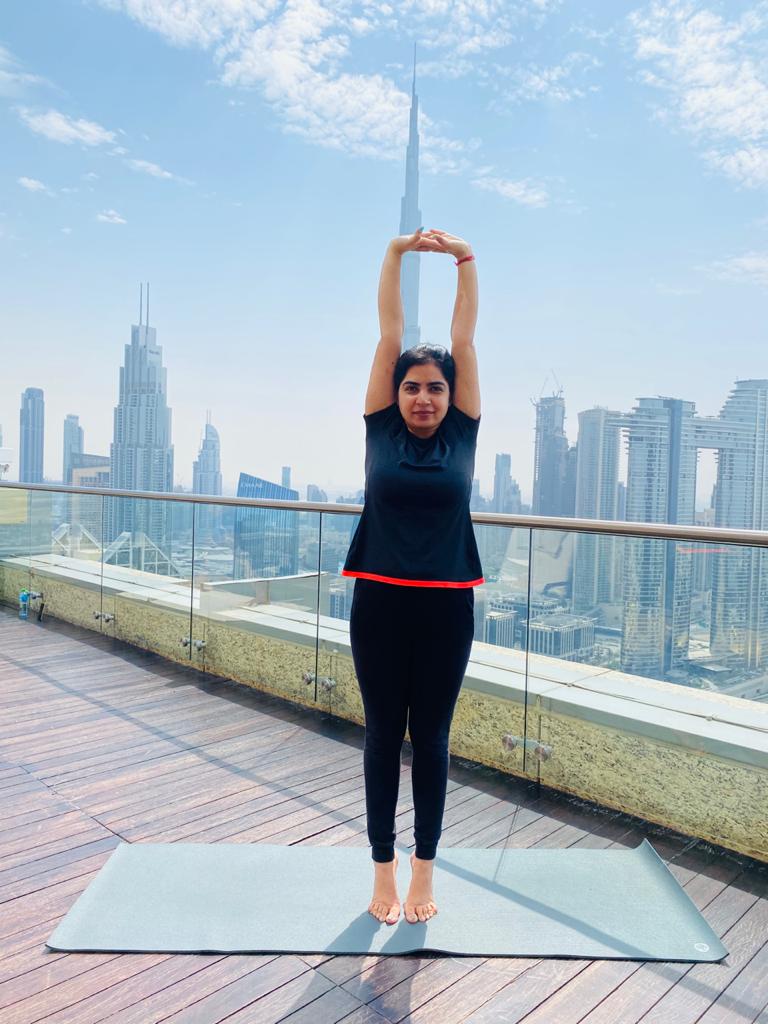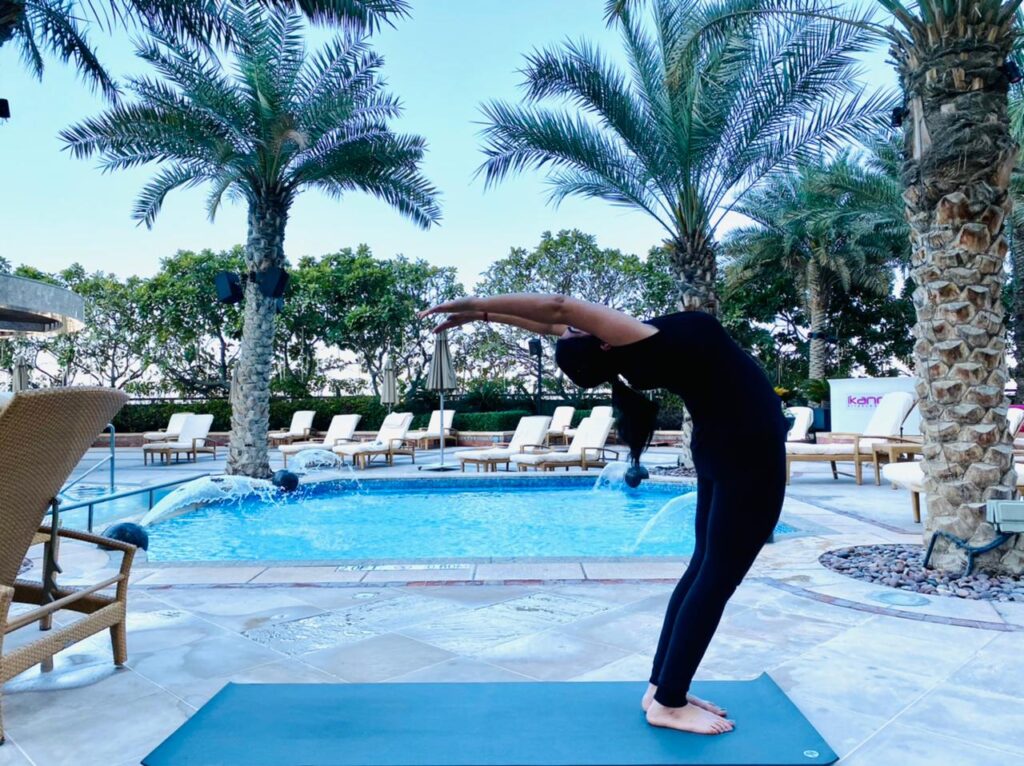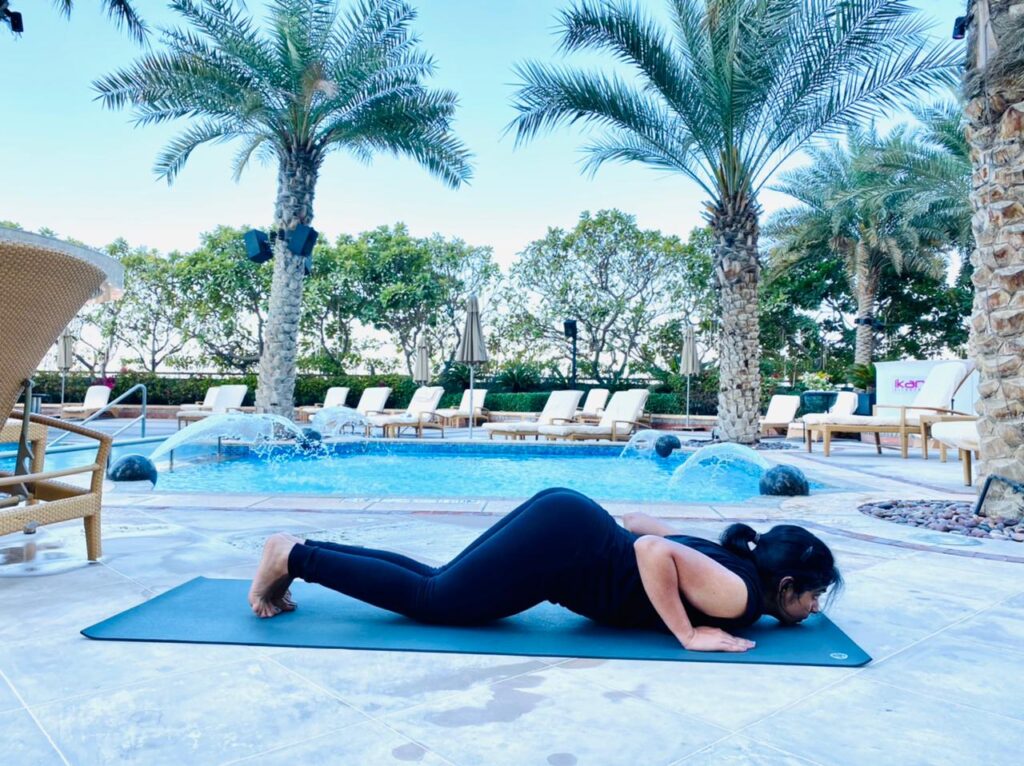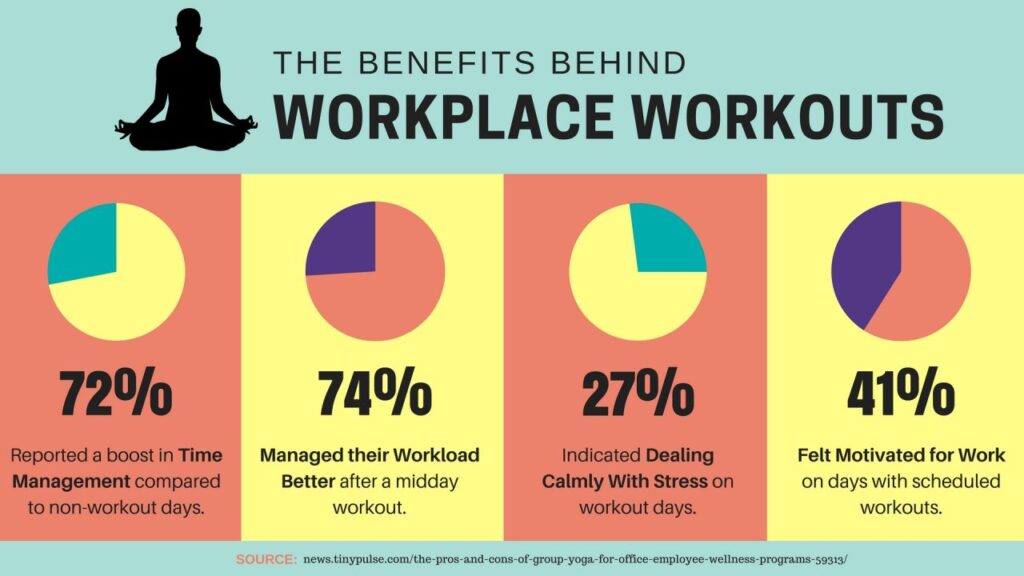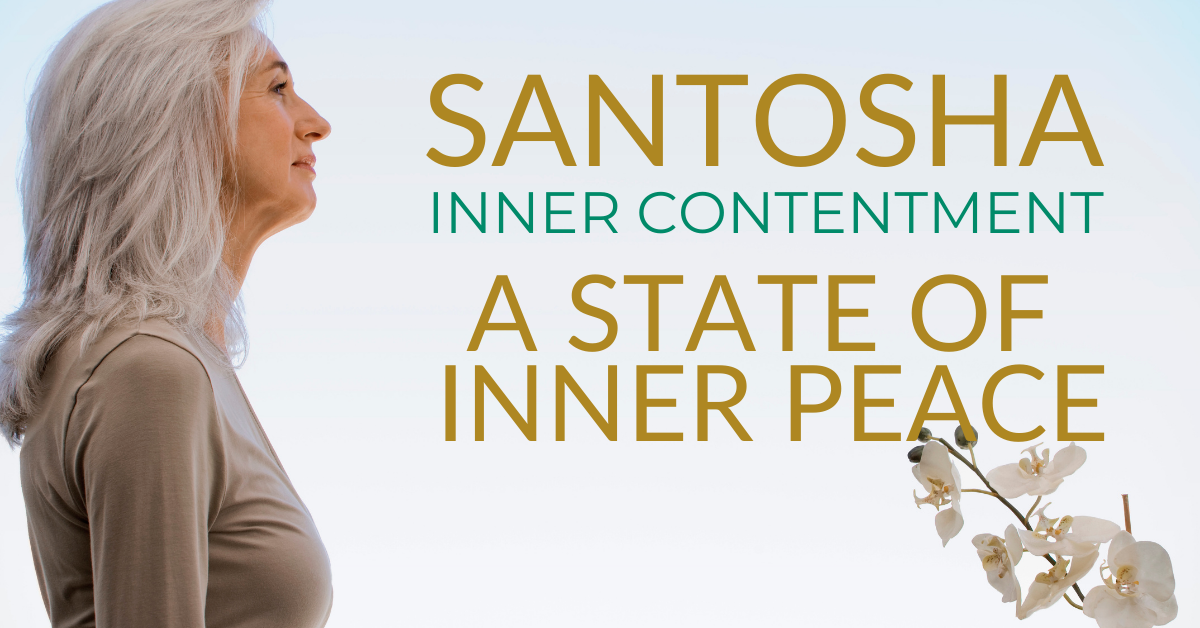Don’t be glued to the sofa – do Yoga! WHY MORE MEN NEED TO DO YOGA
Does any of the below sound too familiar?
- I am slouching and slumping at desks beyond scheduled work hours?
- I am spending hours slumped over a steering wheel or seated in cars?
- I am seated for long hours chairs watching TV
- I am hunched over smartphones
Most of us are prey to sedentary modern lifestyles, with gadgets, technology and virtual space invading our time. As a result of being guilty to some or all of the above, do we realize that we are compromising our postures in our daily lives? These little habits inculcated over time, eventually cause trouble with decreased mobility, restrictions in range of motion in joints, discomfort or even severe back and neck pain. Our poor spines are also in danger from such sedentary postures.

In today’s world, the induced stresses are constantly adding to emotional and physiological strain on health and well-being. As one approaches mid-life, the multiple tasks of managing a successful career, providing for the family, caring for aged parents, planning for financial comfort continue to occupy the mind and distract from a connection with the present. Constantly looking out, prevents the inward journey, so necessary to align internal energy centres with the Universe.
Yoga can help in providing the rigor, peace, fitness, mindfulness and discipline required to realign and reprogram our minds. It acts both on the physical and mental parts and does not require 50 pieces of equipment to practice. All that one needs is a willingness of the mind and body.
It is quite surprising that in many Yoga studios, one observes that there are more women practitioners. In fact, in the USA alone, according to a 2016 survey, only 28% of the population practicing Yoga were men. We will dwell on why it is important that men take to this practice in order to improve physical wellbeing and become more mindful.
It is perfectly alright to start the Yoga practice with an aim of only physical fitness. The ancient science has evolved to cater to modern lifestyle needs. So, there are fast-paced classes that build strength and endurance, thereby focusing on muscle development. Pursuing such cardio-based programs may kick start the interest. However, while it is important to build muscle, one needs to focus on the other parts of the body as well – tissues, ligaments, fascia, joints, bones. All these, if left unattended will become weak. Yoga has tailored Asanas (postures) that focus on these areas thus releasing the tension, building space between joints and thereby improving range of motion.
Focusing on muscle building alone would be like only developing the drive in Golf. Typically, when one practices golf on the driving range, chipping and putting is around 80% of the game while driving is only 20%. Similarly, through the day, modern lifestyle practices are always using muscle but never the other important but plastic parts of the body. Yin Yoga develops the plastic parts of the body where postures are maintained for a minimum duration of 30 seconds to 3 minutes during which time, mind is cultivated to remain still, and energy is diverted into those areas.
This practice, apart from providing tremendous relief around the joints, helps to build a calmness of the mind. We are all aware of the clarity of decision making with a calm mind than with a darting mind. In today’s environment, where men are constantly between the past and future, Yoga can assist in bring about internal poise and tranquility. At the same time, it improves physical fitness and promotes well-being.
Predominantly, men like to build muscle, body toning via the various exercises would bring about a flexibility in the physical body. After all, one would require reaching behind one’s back to be able to scratch (literally scratching your own back rather than anyone else’s!)
This physical flexibility when coupled with mindfulness brings about a phenomenal change in outlook and a stillness to the mind, thus cultivating it. The change in outlook will aid in the ability for men to handle the modern challenges with equilibrium.
So, go ahead, stretch a little – it will go a long way.
Namaste
Lifestyle Yoga Team



